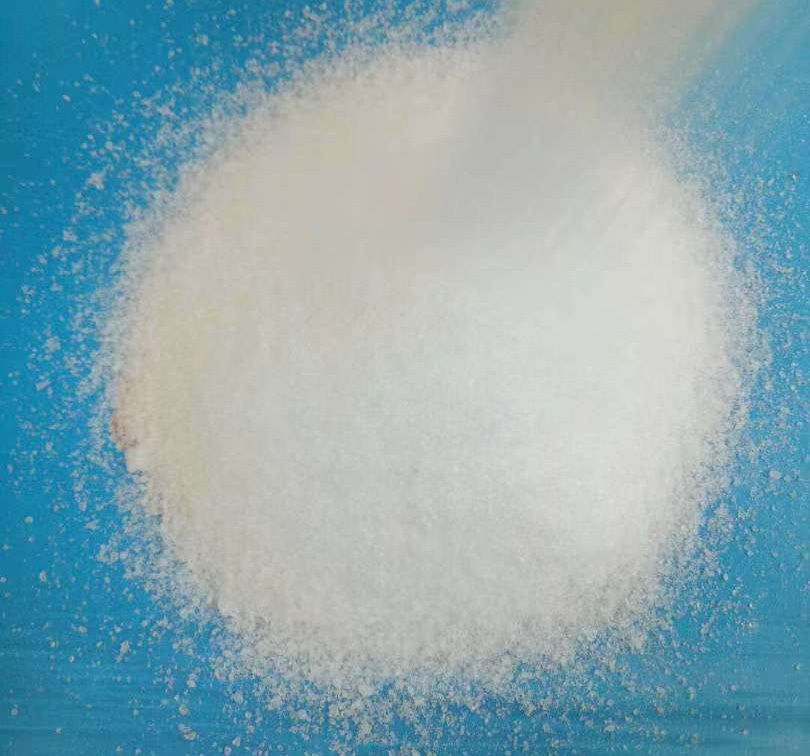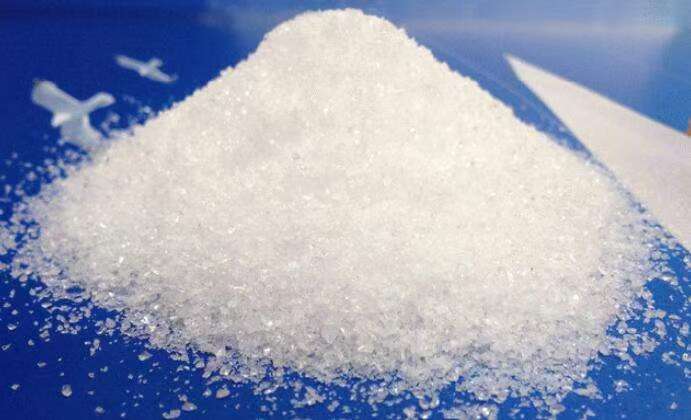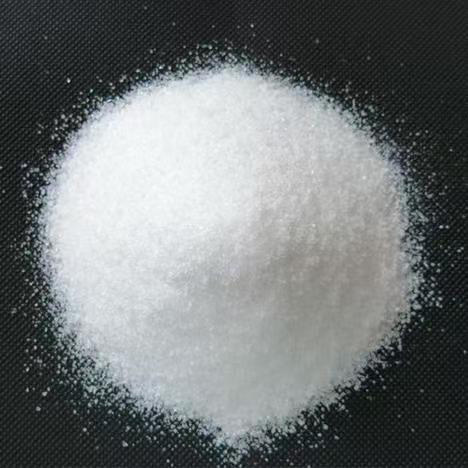




Share to
Anionic polyacrylamide (APAM)
Still deciding? Get samples first, Contact US !
View similar products
Seo
- Product description
-
Anionic polyacrylamide, abbreviated as amide, is widely used in industries such as petroleum extraction, water treatment, textiles, printing and dyeing, papermaking, mineral processing, coal washing, pharmaceuticals, sugar production, aquaculture, building materials, and agriculture. Known as a "hundred industry additive" and also known as a "universal product". English abbreviation: PAM。
Characteristic
Principle of flocculation: When PAM is used for flocculation, it is related to the surface properties of the flocculated material, especially the dynamic potential, viscosity, turbidity, and pH value of the suspension. The dynamic potential of the particle surface is the reason for particle blockage. Adding PAM with opposite surface charges can reduce the dynamic potential and cause coagulation. Adsorption bridging: PAM molecular chains are fixed on different particle surfaces, forming polymer bridges between particles to form aggregates and settle. Enhancement effect: PAM molecular chains and dispersed phases are linked together through various mechanical, physical, chemical, and other interactions, forming a network.
1. Good water solubility and can completely dissolve in cold water.
2. Adding a small amount of this anionic polyacrylamide product can achieve a great flocculation effect. Generally, only 0.01-10ppm (0.01-10g/m3) needs to be added to fully exert its effect.
3. Simultaneously using anionic polyacrylamide products and inorganic coagulants (such as polymeric ferric sulfate, polymeric aluminum chloride, iron salts, etc.) can demonstrate greater effectiveness.
Scope of application
1. Used in the textile and printing and dyeing industries. Polyacrylamide is used as a sizing and finishing agent for fabric treatment, as well as a protective layer that can generate softness, wrinkle resistance, and mold resistance. By utilizing its strong hygroscopicity, it can reduce the breakage rate of fine yarn during spinning. Polyacrylamide as a post-treatment agent can prevent static electricity and flame retardancy of fabrics. When used as a printing and dyeing additive, polyacrylamide can enhance the adhesion and brightness of the product, and can also serve as a non silicone polymer stabilizer for bleaching.
2. Mainly used as a flocculant: for wastewater with suspended particles that are coarse, high concentration, positively charged, and have a neutral or alkaline pH value, the anionic polyacrylamide molecular chain contains a certain amount of polar groups that can adsorb suspended solid particles in water, causing bridging between particles to form large flocs. Therefore, it accelerates the settling of particles in the suspension, significantly improves the clarification of the solution, and promotes filtration and other effects. This product is widely used for the treatment of chemical industry wastewater and waste liquid, as well as municipal sewage treatment. Water treatment in industries such as tap water, purification of high turbidity water, sedimentation, coal washing, mineral processing, metallurgy, steel industry, zinc and aluminum processing industry, and electronics industry.
3. Widely used in the petroleum industry, oil extraction, drilling mud, waste mud treatment, prevention of water breakthrough, reduction of friction, improvement of oil recovery rate, and tertiary oil recovery.
4. Used in the paper industry to improve the retention rate of fillers, pigments, etc. To reduce the loss of raw materials and environmental pollution; The second is to improve the strength of paper (including dry strength and wet strength). In addition, the use of polyacrylamide products can also enhance the tear resistance and porosity of paper to improve visual and printing performance. It is also used in food and tea packaging paper.
Technical Parameter
Project
Unit
Index
Project
Unit
Index
Appearance
——
White powder granules
Filtration ratio
——
≤1.5
Solids content
%
≥97
Viscosity
mpa.s
≥38.0
Molecular weight
Ten thousand
600-2000
Residual monomers
%
≤0.05
Intrinsic viscosity
——
17.5-19.4
Screen coefficient
——
≥20.0
Degree of hydrolysis
%
12.5-30.5
Dissolution rate
hour
≤1.5
Anionic polyacrylamide (APAM)
Still deciding? Get samples first, Contact US !
Products Category
Seo
Inquire Now
Note:There is a discount for retaining funds today, Please leave your email address, our professionals will contact you as soon as possible!










